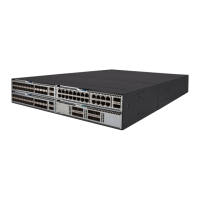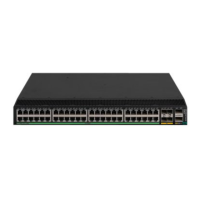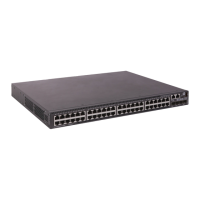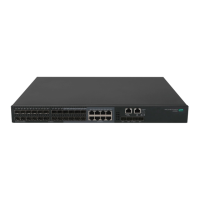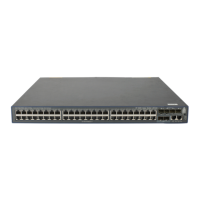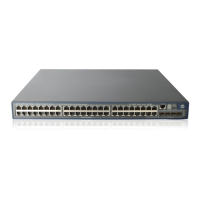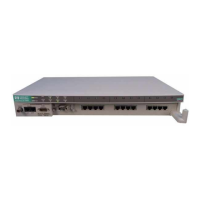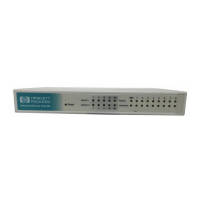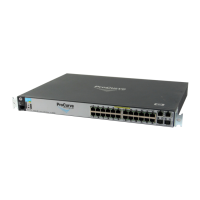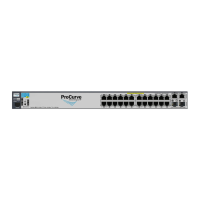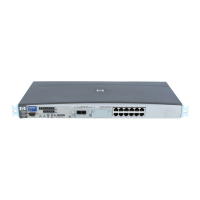27
(Optional.) Tuning and optimizing RIP networks:
• Setting RIP timers
• Enabling split horizon and poison reverse
• Setting the maximum number of RIP ECMP routes
• Enabling zero field check on incoming RIPv1 messages
• Enabling source IP address check on incoming RIP updates
• Configuring RIPv2 message authentication
• Setting the RIP triggered update interval
• Specifying a RIP neighbor
• Configuring RIP network management
• Configuring the RIP packet sending rate
• Setting the maximum length of RIP packets
• Setting the DSCP value for outgoing RIP packets
(Optional.) Configuring RIP GR
(Optional.) Enabling RIP NSR
(Optional.) Configuring BFD for RIP
(Optional.) Configuring RIP FRR
Configuring basic RIP
Before you configure basic RIP settings, complete the following tasks:
Configure the link layer protocol.
Configure IP addresses for interfaces to ensure IP connectivity between neighboring routers.
Enabling RIP
Follow these guidelines when you enable RIP:
To enable multiple RIP processes on a router, you must specify an ID for each process. A RIP
process ID has only local significance. Two RIP routers having different process IDs can also
exchange RIP packets.
If you configure RIP settings in interface view before enabling RIP, the settings do not take
effect until RIP is enabled.
If a physical interface is attached to multiple networks, you cannot advertise these networks in
different RIP processes.
You cannot enable multiple RIP processes on a physical interface.
The rip enable command takes precedence over the network command.
Enabling RIP on a network
You can enable RIP on a network and specify a wildcard mask for the network. After that, only the
interface attached to the network runs RIP.
To enable RIP on a network:
1. Enter system view.
system-view
N/A
